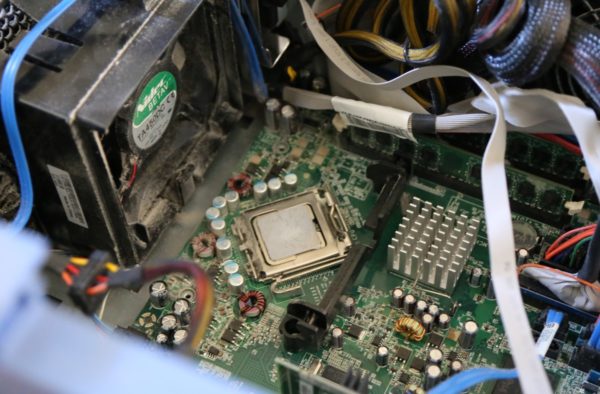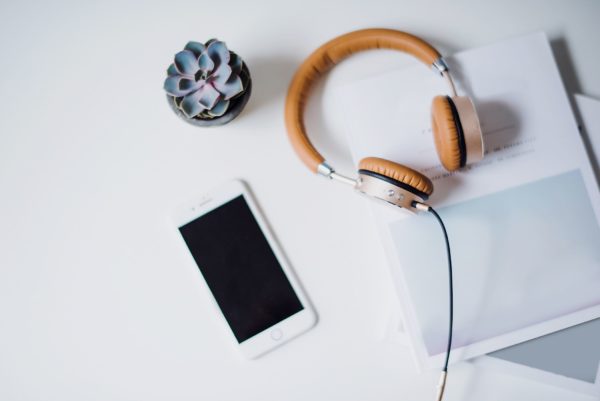Eighteen Tips to Protect Yourself from Identity Theft and Credit Card Fraud
I once got an offer in the mail for an identity-protection service which cost $9/month for their basic plan and $22.50/month for their “ultimate” plan. That seemed expensive to me.
After going through their list of services, I was a bit underwhelmed. I suspected that some of their services could be obtained for free with a little work. After doing some research, I was amazed at how many of their services were available for free with a little elbow grease.
Below are my do-it-yourself tips to protect yourself from identity theft and credit card fraud. I believe that doing all of these is actually better than using a paid ID theft service!
Monitoring / Credit Reports
1. Freeze your credit reports
You can freeze your credit reports at the three credit reporting agencies for free, with a bit of online work. Just remember to unfreeze them when you apply for a new credit card or loan.
2. Enroll in free identity theft monitoring
Did you know that the Auto Club offers FREE identity theft monitoring? It’s called ProtectMyID® Essential. Basically, they will monitor your credit reports daily to detect suspicious changes. If no threats are detected, they’ll send you an “all clear” email once a month. Plus, they give fraud resolution support and $10,000 worth of identity theft insurance (not sure how useful that is in reality, but hey, it’s free). This is one of the same services that those ID protection companies will charge you for every month!
If you’re not a member of AAA, you can still get Experian’s fraud alert protection for free.
3. Use credit card and banking alerts
Many banks and credit card companies allow you to set up alerts that send you an email if, for example, someone buys something over a certain amount of money.
4. Check your bank and credit card statements every month
While automatic credit monitoring is great, there is no substitute for you personally monitoring your credit cards and bank accounts. I have saved thousands of dollars over the years by catching fraudulent purchases early. I’ve had my credit card hacked twice, and my bank debit card hacked once. I know it’s not fun, but if scan your statements every month for suspicious activity, you can minimize the damage.
5. Check your free annual credit report
You are entitled to a free annual credit report, so be sure to check that as well!
Your Physical Mail
6. Sign Up for US Post Office Informed Delivery
When you sign up for USPS Informed Delivery, the post office sends you a scanned image of the mail that you’ll be receiving that day. It is good to do this for two reasons:
- First, you can see if any mail is getting stolen from your mailbox.
- Second, anyone can sign up for this service with any email address for any physical address. So, someone could sign up for informed delivery for YOUR physical home address! That would be disastrous, because they would know when you are receiving sensitive mail like bank statements, credit card bills, etc.
7. Remove yourself from mailing lists
One common way your identity can be stolen is from those credit card offers that you get in the mail. They can either be intercepted or fished out of your garbage. You can stop the major credit agencies from giving out your mailing address by signing up at OptOutPrescreen.com. You can get five years of protection by signing up online, or get lifetime protection by entering your info online and signing a form and sending it in. I opted for lifetime protection. All of this is free.
You can stop other junk mail for free by signing up at DMAchoice.org. There, you can opt-out of receiving catalogs, magazine offers, and other junk mail. You can either stop all of it or select which companies to block. I’ve also used CatalogChoice.org.
8. Use paperless billing
The less confidential paperwork you generate, the better. If your mailbox is unlocked (like in many residential neighborhoods), it wouldn’t be very hard for someone to go around and pick up credit card statements. So, I use paperless billing whenever I can.
9. Deposit sensitive outgoing mail in a secure mailbox
I place sensitive outgoing mail (i.e., mail with checks, account numbers, etc.) in a real U.S. Post Office mailbox, not in an unlocked home mailbox at the end of the driveway, or worse, on top of my condo complex’s mailboxes where anyone can pick it up!
10. Destroy confidential information before throwing away
Shred any credit card offers, receipts, tax forms, bank statements, and other documents with confidential info. I not only rip them up, but I throw away half of the ripped up paper in a different trash can so the pieces can’t be easily re-assembled. (Or even better, keep half of it and throw that away in next week’s trash).
11. Keep mailing addresses up to date
When you move, remember to update all of your mailing address with banks, credit card companies, etc. Register your move with the U.S. Post Office to cover anything you might have missed.
Online and Over the Phone
12. Use good passwords and two-factor authentication
Consider using a password manager like 1Password or Bitwarden. Don’t re-use passwords, because then when one account gets hacked, the hackers have access to all of your accounts.
Two-factor authentication is when the website sends you a text message with a code that you have to enter. It’s kind of a pain, but it’s very effective according to top security professionals.
13. Be paranoid about who you give your personal info
I once got a call from “Mastercard” saying that my card had been hacked. The guy sounded a bit fishy and then asked me to turn over the card and give him my account number and security code. I hung up right there. Beware of phone and email scams.
One more tip: in general, I don’t click links in emails that I get for bank or credit card statements. I have the bank’s website stored as a favorite in my browser and I click that instead. It is very easy to create a fake email that sends you to a fake bank website where you could enter your password.
14. Avoid storing your credit card info on websites
Unless it’s an online store that I go to very frequently, I try not to store my credit card number on shopping websites.
15. Be careful when using public Wi-Fi
In a public place, someone could easily set up a fake Wi-Fi hotspot called “Starbucks”, then sniff all of the data that goes through it for passwords. Be aware of this next time you use free public Wi-Fi.
On Your Person
16. Clean out your wallet, then scan it!
Number one, do not carry around your social security card in your wallet or purse. Number two, remove any unnecessary credit cards or items with identifying information. When you’ve pared down your wallet to the essentials, take your credit and ID cards, put them on a flatbed scanner, and scan the backsides to your computer. Then, if you ever lose your wallet, you’ll have all of the contact info ready to go. When your credit cards are stolen, time is of the essence, so if you can save a bit of time when canceling your cards, so much the better.
17. De-activate your debit cards for purchases
I use my bank debit card for ATM transactions only. I don’t use it to make debit purchases. After my debit card got hacked a few years ago, I disabled my debit card’s ability to make purchases altogether by logging into my bank’s website and setting the debit card max purchase amount to zero dollars. That’s one more potential vulnerability removed. Instead, I use credit cards to make purchases.
18. Cancel cards you don’t use anymore
A while ago, I got a fraudulent purchase on a credit card I hadn’t used in years. I immediately called the credit card company, and happily, they took care of everything and I was not charged. But, it reminded me that every credit card you have increases your attack “surface area”.
Conclusion
By using a combination of free services and a little bit of your own elbow grease, you can arguably do as good a job or better of protecting your ID as one of the expensive paid services. That’s what Consumer Reports says in fact!
Please leave your questions or comments below. – Brian
Featured image photo by rupixen.com on Unsplash







Please Leave a Question or Comment
I try to answer each one! - Brian
Love your site and all the helpful advice. Thank you!
Thank you Naomi! Glad my site was useful to you! – Brian
Brian, thanks for setting up such a great website. It’s giving me ideas on over the air tv and DVRs that can record over the air tv shows.
Thank you for your comments! Glad it was helpful! – Brian